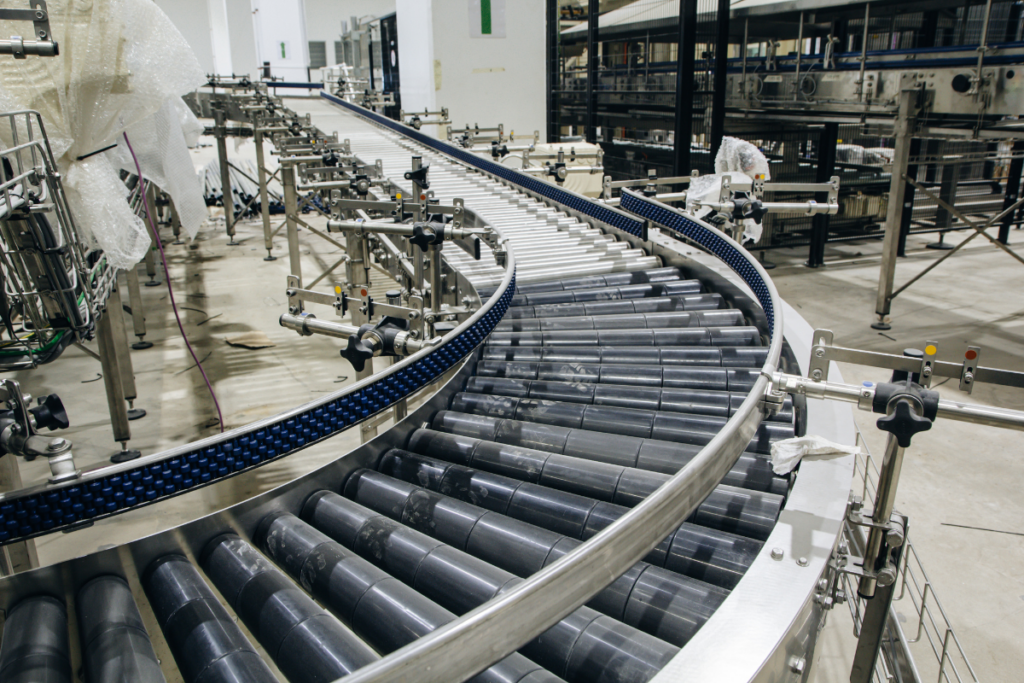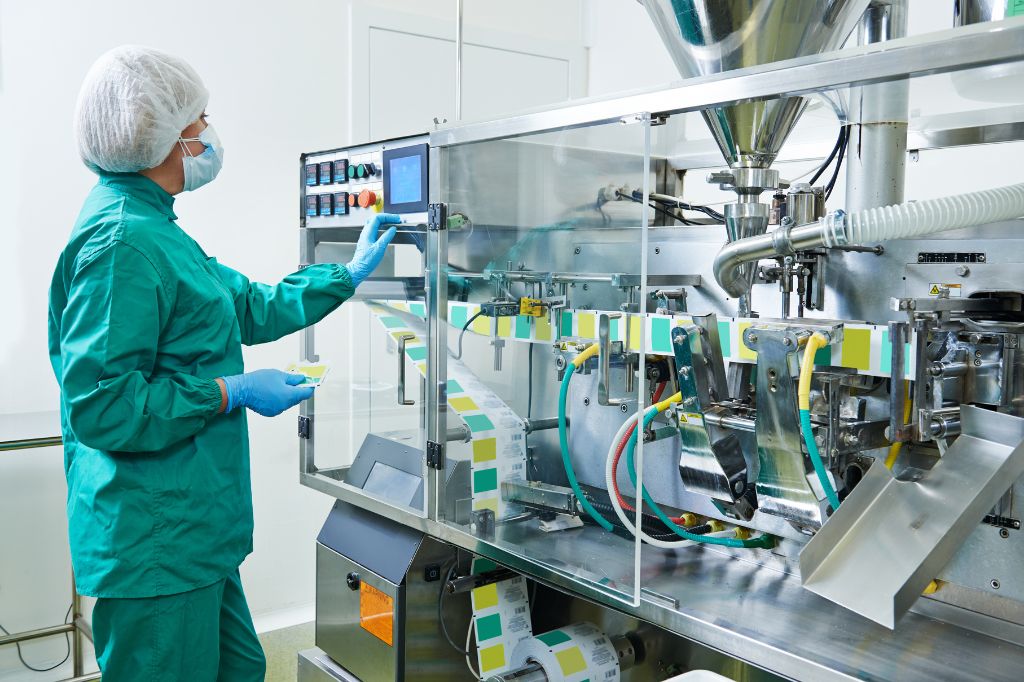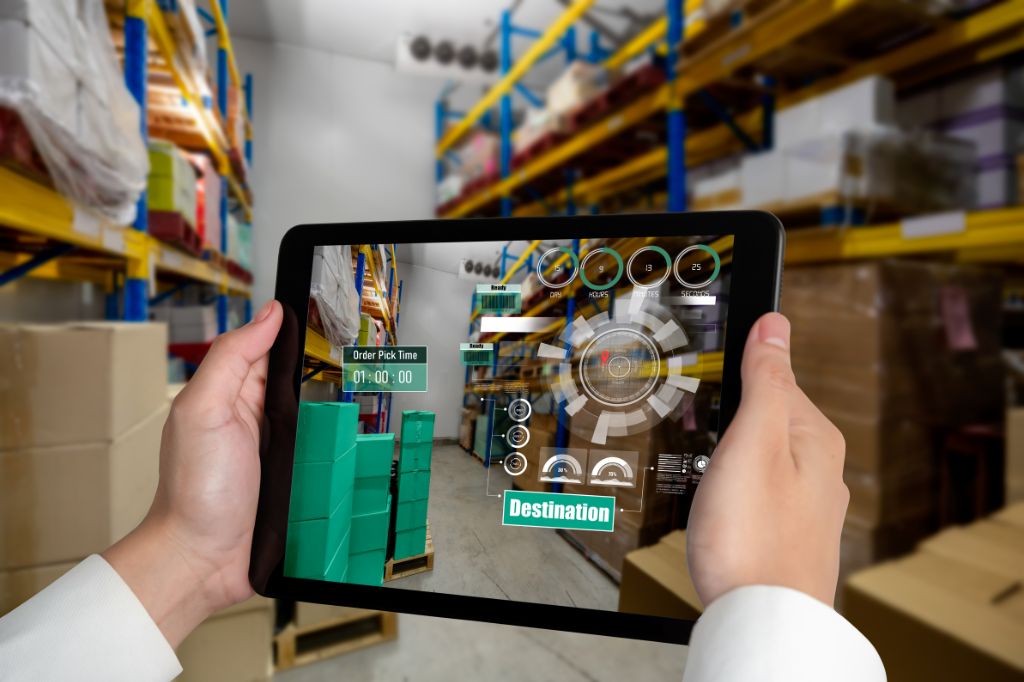
Inspection and quality control technologies in the production of industrial rollers
Reading time: < 5 minutesIn the metalworking industry, the production of industrial rollers demands high standards of quality and precision to ensure optimal performance in industrial applications.
To achieve this, advanced inspection and quality control technologies are employed to guarantee the reliability and durability of these critical components.
In this article, we will explore the main technologies used in this process and their importance for excellence in industrial roller manufacturing.
Automated inspection using imaging technologies
One of the key technologies used in the production of industrial rollers is automated inspection based on imaging.
Through high-resolution cameras and computer vision systems, surface defects such as cracks, dents, or irregularities in the roller’s geometry can be precisely detected.
This technology not only improves the efficiency of the inspection process but also allows for early problem detection, minimizing waste and optimizing quality standards.
Ultrasound for detecting internal defects
To assess the structural integrity of industrial rollers, ultrasound testing is used.
This technique allows for the detection of internal defects, such as foreign material inclusions or microcracks, without the need to disassemble the roller.
Spectroscopy and chemical analysis
Spectroscopy, along with advanced chemical analysis, enables the verification of the purity and properties of metals and alloys used in production.
This is essential to ensure the strength, durability, and ability to withstand extreme working conditions.
Importance of inspection and quality control technologies
The implementation of these inspection and quality control technologies not only ensures that industrial rollers meet the required standards and specifications but also contributes to operational safety and the reduction of costs associated with unexpected errors.
By identifying potential issues during production, corrective measures can be taken, ensuring the delivery of higher-quality products to customers.
Logistical and transportation challenges in the global distribution of industrial rollers
The global distribution of industrial rollers faces logistical challenges due to their size, weight, and specialized handling requirements.
These critical components are essential for many industries, from manufacturing to transportation and processing, requiring efficient and reliable logistical solutions for their timely and safe delivery worldwide.
Handling large volumes and weight
Industrial rollers, due to their size and weight, pose challenges in terms of transportation and storage.
Logistics must be designed to handle large volumes of cargo and ensure that the rollers reach their final destination without damage or delays.
This involves the use of specialized equipment such as cranes, heavy-duty loading platforms, as well as robust packaging and secure fastening systems.
Coordinating international shipments
The global distribution of industrial rollers requires precise coordination among multiple logistics stakeholders, including carriers, customs agents, and storage service providers.
Efficient management of export and import documents, as well as compliance with customs and safety regulations, is crucial to avoid delays and issues during the international shipping process.
Route management and delivery times
Optimizing transportation routes and delivery times is essential to minimize costs and ensure timely delivery.
This involves using real-time tracking technologies to ensure visibility of the cargo throughout the journey.
Additionally, planning routes in advance and considering factors such as weather conditions and local restrictions are critical to avoiding setbacks.
Local storage and distribution strategies
Once the industrial rollers reach their final destination, they face additional challenges related to storage and local distribution. Availability of appropriate facilities for temporary storage and efficient coordination of the final delivery to customers are key aspects for successful distribution.
In conclusion, logistical challenges in the global distribution of industrial rollers require innovative and adaptive logistical approaches.



